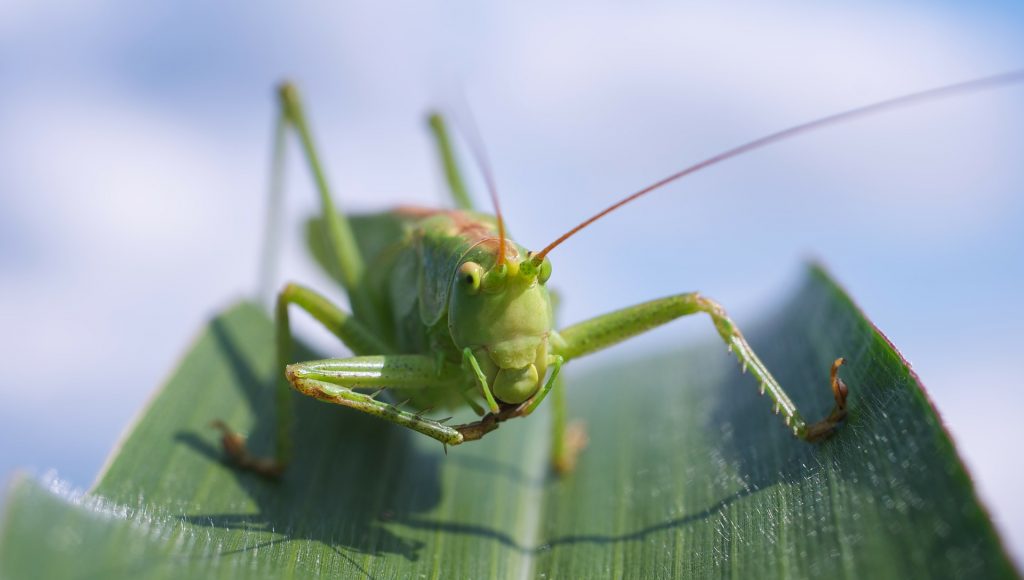By Leonie Schittenhelm

As the reality of climate change becomes more and more apparent and governments seem to be slow in implementing the changes needed to prevent temperatures rising above accepted limits, I’ve been thinking more about my diet. Cutting down on meat and dairy should be a no-brainer, given that their production uses 83% of farmable land and makes up for 60% of carbon emissions in the food industry. It also becomes a valuable tool for engagement when feeling powerless in the face of melting glaciers and slow-moving politics. While lentils and beans are a common way to replace meat in many recipes, there’s one option I haven’t explored yet: Insects.
While eating these chitin-covered delicacies is far from uncommon – it is estimated that over 80% of nations eat insects – I personally haven’t had far more experiences than the crispy honey-glazed grasshopper that came as part of a novelty gift. But would eating more insects solve some of the problems that come from rearing much larger livestock?
A lot of reasons speak for eating insects: studies have found that to rear the same amount of insects, over 10 times less biomaterial is needed compared to meat. Furthermore, they have extremely fast life cycles, increasing in body weight and size much faster than mammalian livestock. They are also nutritious, providing not only a source of protein and unsaturated fats but also amino acids, of which people who have mainly grain-based diets are often deficient.
However, there are also some caveats. While insect farming was generally found to be positive, dwindling wild insect populations could be further diminished by people ‘foraging’ them from their natural habitats. Another problem is the negative attitude especially western culture has towards eating insects, which could prove difficult when introducing these ingredients into the market.
I’m definitely open to including insects into my diet, even if to demonstrate that there is a market and a demand for more sustainable products. However, I will see how the next evening with friends goes when I proudly serve them some vegetable soup with a garnish of salty mealworms…
——–
If you would like to know more about eating insects, check out these resources: